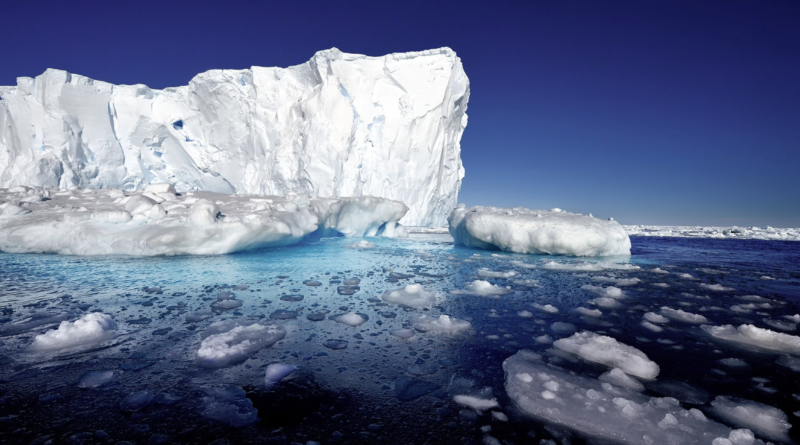Canary in the Coal Mine? Why Antarctica’s Warming Demands Our Attention
As anyone in the U.S. experiencing the current heat wave can attest, it’s getting a little warm in here. Trends suggest 2023 will be the hottest year on record and it’s safe to say, climate change is not just an abstract thing that might happen in the future but a very real problem in the present days.
And sadly, a region halfway around the world is undergoing alarming changes that will have profound consequences for the entire world.
Antarctica, not a top of mind tourist destination, but critically important as Earth’s largest refrigerator, is thawing, in recent years undergoing massive changes on land, in the surrounding ocean and atmosphere, signaling what glaciologists are calling a “regime shift” as glaciers slide toward the seas. This is alarming because initially, scientists thought the rapidly melting Arctic was the canary in the coal mine and Antarctica, which stores the largest reserve of fresh water globally in the form of ice sheets covering 98% of the continent, looked stable.
However, no place on Earth is immune to the impacts of climate change.
Antarctica has begun warming at twice the global average, signaling it is becoming a driver of global warming rather than a buffer. As the ice sheets in Antarctica melt, sea levels will rise disproportionately in the northern hemisphere where most of humanity lives. For context, the Antarctic ice sheet covers an area larger than the United States and Mexico combined. With less sea ice, more water is exposed to the sky and because the water is darker than the ice, it absorbs more heat and accelerates warming, making it the ultimate feedback loop. Just two decades ago, water shifting from Antarctica’s continental bedrock into the Southern Ocean contributed only 4% to the global sea-level rise. Today, its share is 12% and that statistic will continue to rise. If the current pace continues, Antarctica’s ice sheet disintegration could trigger catastrophic sea level rise inundating coastal cities, including many favorite tourist destinations.
The growing recognition of Antarctica’s pivotal role in global climate dynamics has spurred increased attention to the need for immediate and coordinated action on an international scale and underscores the growing importance of reducing carbon emissions.
Reducing carbon emissions would give us a chance to stabilize the climate. It’s not a matter of can we do it. We can. We must.
We also need to find ways to work with our global partners to address the Antarctic situation.
The 1959 Antarctic Treaty, which designated the continent as a zone for peace and scientific research, provides a framework for such collaboration. As an original signatory and leader in Antarctic research, the United States has a unique opportunity to rally international efforts to reinvigorate and expand the treaty’s long-standing framework for facilitating international scientific research and cooperation. U.S. policymakers should increase funding for joint Antarctic research programs monitoring ice mass changes, sea level rise implications, ecosystem disruptions and other climate change effects. This collaborative scientific data is vital for informing effective global mitigation policies and preserving Antarctica’s role as an environmental buffer.
The thawing of Antarctica serves as a stark reminder of our planet’s interconnectedness. What happens there will greatly impact us here. Likewise, the decisions we make in the coming years regarding emissions reductions and environmental stewardship will have profound implications not just for this remote continent, but for coastal communities and ecosystems worldwide.
Written for and published on RealClear Energy.

